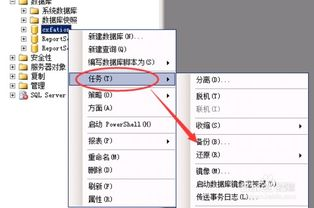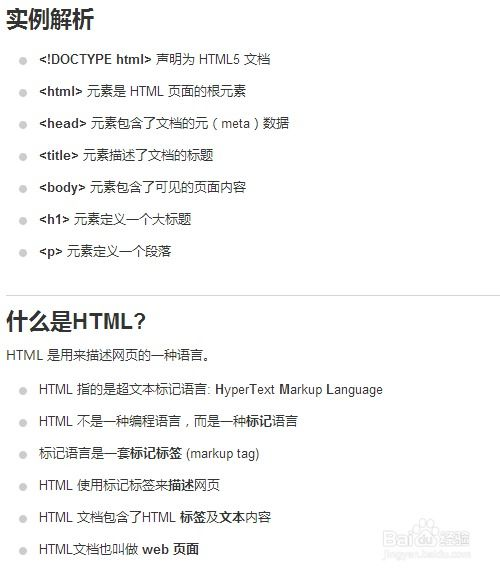Book Information Management System, ASP.NET Code
Understanding the Framework
ASP.NET is a powerful framework developed by Microsoft for building web applications easily and efficiently. Leveraging the advantages of .NET’s structured and managed environment, developers can create dynamic web applications, and a book information management system is a typical use case for this framework. This system will allow users to perform various operations like adding, updating, deleting, and retrieving book records using a user-friendly interface.
Setting Up the Project
To get started with creating a book information management system in ASP.NET, you need to set up an ASP.NET project in Visual Studio. Begin by creating a new Web Application project and ensure you select the correct project type based on your requirements (e.g., Web Forms, MVC, etc.). Once the project is set up, you can create a database using SQL Server to store the book information. Here’s a basic schema you might consider:
- Books Table: Contains the fields ID (Primary Key
), Title, Author, ISBN, Publisher, and Publication Date.
Next, establish a connection string in your Web.config file that will allow your application to interact with the database:
<connectionStrings>
<add name="BookDB" connectionString="Server=your_server;Database=BookDB;User Id=your_user;Password=your_password;" providerName="System.Data.SqlClient"/>
</connectionStrings>
Implementing Basic Functionality
For the core functionality, you will need to implement CRUD (Create, Read, Update, Delete) operations. For each operation, create the relevant methods within your ASP.NET pages or controllers. Below is an example of how you might structure the code for adding a new book:
Creating the User Interface
As part of your book information management system, the user interface is crucial for user interaction. Utilize ASP.NET Web Forms or MVC views to design forms where users can input book details. Include validation controls to ensure that the data entered meets the required formats (e.g., ISBN). Consider using CSS for styling and enhancing the user experience.
In summary, this article outlines the fundamental process of developing a book information management system using ASP.NET. It covers project setup, database structure, code for CRUD operations, and the design of an interactive user interface. By adhering to these guidelines, you can create a robust application that facilitates book information management efficiently.






